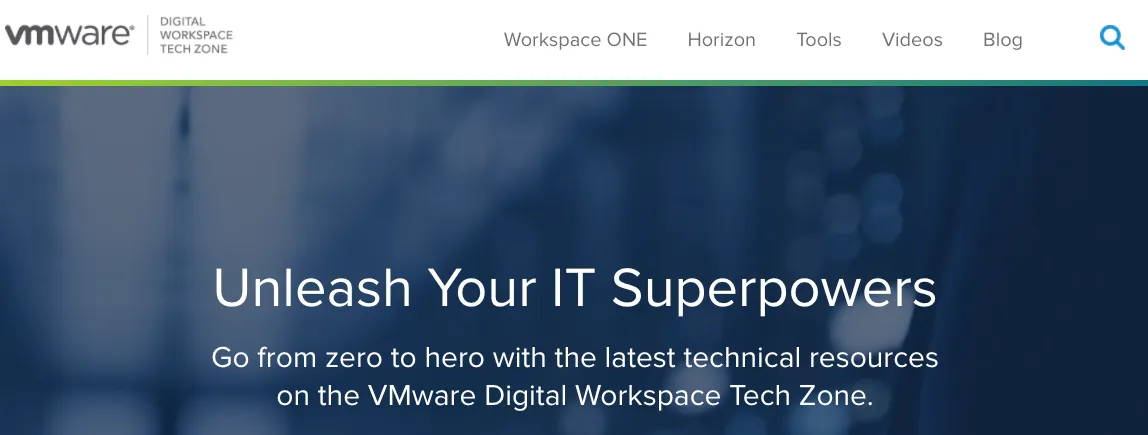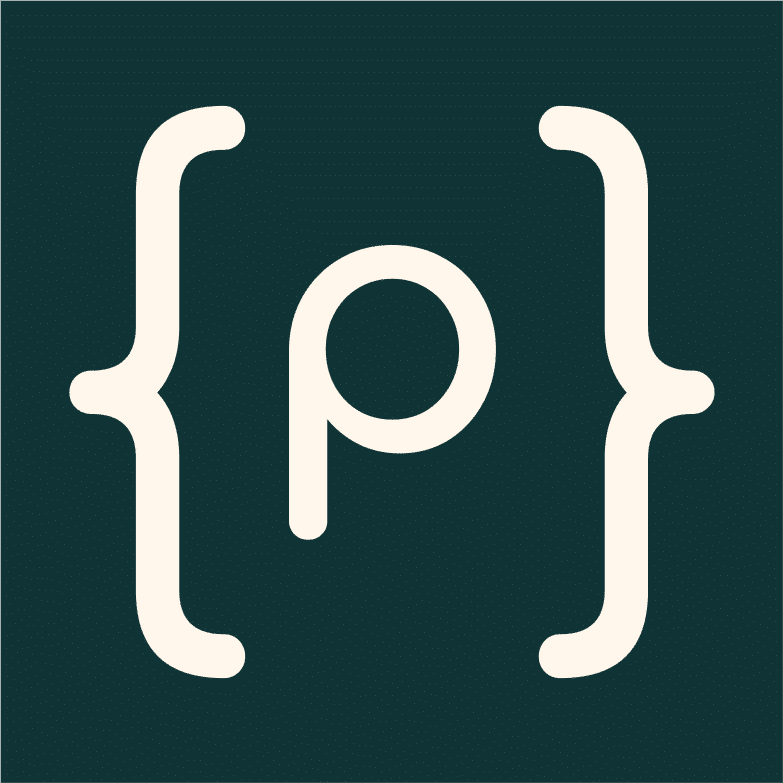Disclaimer: This project was completed during Rob’s tenure as the Digital Project Manager and Engineering Team Lead at Pixels 360 (2017-2021). VMware was not, and is not, a client of Petrin Development Services.

Overview
VMware TechZone represented a complex digital transformation challenge: evolving a basic content repository into a sophisticated community platform and marketing ecosystem. What began as a straightforward project to organize multimedia content for two product families grew into a comprehensive content management platform serving multiple audiences with advanced functionality including gamified learning paths, reference architectures, and community engagement tools.
The platform manages an extensive ecosystem of over a dozen content types, organized by use case, product family, and client scenarios. The true complexity lies in the backend infrastructure—dozens of custom features that transformed TechZone from a simple repository into a dynamic community platform and powerful marketing tool for VMware’s End-User Computing division.
This project showcases the methodology Petrin Development Services applies to large-scale content management challenges: rapid iteration, user-focused functionality development, and scalable technical architecture that can evolve with changing business needs.
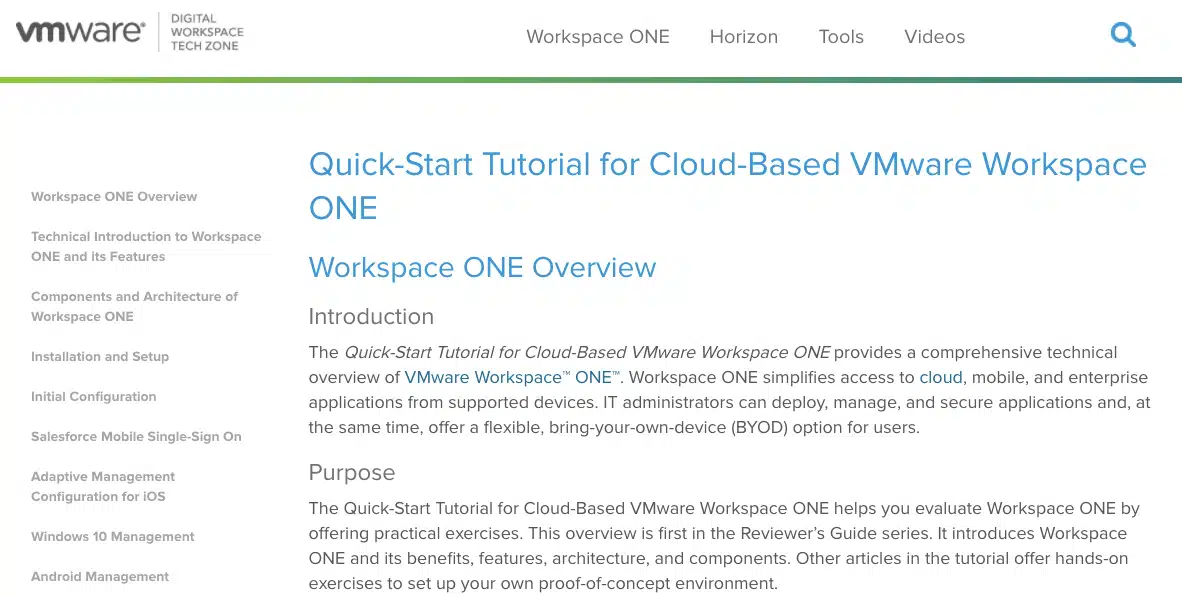
The Challenge
TechZone faced a critical strategic inflection point 18 months after its initial launch. While the platform had successfully unified documentation and video content, shifting organizational priorities had created several interconnected challenges:
Strategic Misalignment: The platform lacked clear direction, with development efforts focused primarily on content volume rather than user experience or functional capabilities. Content was organized into rigid buckets with mandates to simply fill them, rather than designing around user workflows and business objectives.
Technology Constraints: The platform was built on Drupal during an era when enterprise content management decisions often prioritized perceived security over flexibility. This technology choice created ongoing challenges, particularly with Drupal’s lack of direct upgrade paths between major versions (7 to 8, 8 to 9), complicating long-term maintenance for what would become a codebase with dozens of custom modules.
Scaling Limitations: The existing architecture couldn’t support the evolving vision for TechZone as both a community platform and marketing tool. The platform needed to serve multiple distinct audiences—public users, partners, and internal teams—each with different access requirements and content needs.
Leadership Transition: Mid-2019 brought new leadership with an expanded vision for TechZone’s role within VMware’s broader strategy. This created an opportunity to fundamentally reimagine the platform’s capabilities, but also introduced pressure for rapid feature development and platform evolution.
The core challenge became: How to transform a basic content repository into a sophisticated, multi-audience platform while maintaining service continuity and managing technical debt from earlier architectural decisions?
The Solution
The solution approach centered on rapid iteration and feature development to transform TechZone from a content repository into a comprehensive platform. This required managing development across multiple staging environments while maintaining service continuity—a challenging but necessary approach given the scale and urgency of the transformation.
Technology Stack & Custom Development
The TechZone transformation required extensive custom development built on enterprise-grade foundations:
Core Platform:
- Drupal 7, 8, and 9+ – Enterprise content management foundation with cross-version migration capabilities
- React – Modern frontend framework for interactive user interfaces
- CKEditor – Rich text editing with custom extensions for technical documentation
Custom Development Scale:
- Over 1 million lines of custom code developed in the first 36 months
- Dozens of custom Drupal modules built specifically for TechZone’s unique requirements
- Proprietary content relationship engine for managing complex content dependencies
- Custom authentication and permissions system integrating with VMware’s enterprise SSO
- Bespoke gamification framework for activity paths and user engagement tracking
- Advanced taxonomy and tagging engine with automated content categorization
- Multi-site content synchronization system for managing related TechZone properties
Integration & Performance:
- VMware Single Sign-On integration with custom user provisioning
- Advanced caching and performance optimization for enterprise-scale traffic
- Custom API development for content syndication and third-party integrations
- Automated content migration tools for handling large-scale content imports
- Custom analytics and reporting dashboard for content performance tracking
The majority of TechZone’s functionality was built from scratch rather than relying on existing modules, creating a truly unique platform tailored specifically to VMware’s complex content management and community engagement requirements.
Core Development Strategy
- Integrated Content Experience: Rather than treating documents, videos, and multimedia as isolated content types, the solution reimagined them as interconnected components. Content was reorganized into curated focus pages and gamified “activity paths” that users could bookmark, annotate, share, and complete progressively. This included PDF export functionality and discussion capabilities that transformed static content into interactive learning experiences.
- Expanded Content Ecosystem: The platform evolved beyond traditional documentation to support diverse content types including active blogs, podcasts, software utilities, and editorial content. This expansion required developing flexible content management workflows that could accommodate different publishing requirements and approval processes.
- Enhanced Document Experience: Core documentation received significant UX improvements including dynamic table of contents with progress tracking, and the ability to link related resources necessary for content comprehension and practical application.
- Robust Publishing Workflow: Implementation of a comprehensive editorial workflow system supporting content revisions, approval processes, and the ability to maintain multiple “live” versions simultaneously—critical for supporting users across different software versions.
- Sophisticated Content Architecture: As content evolved to include complex “Reference Architectures” spanning hundreds of pages with dozens of supporting resources, the platform required advanced content relationship management and navigation systems.
- Multi-Audience Access Control: The platform implemented VMware single sign-on integration and developed a three-tier content access system (public, partner-specific, and internal), requiring complex permission structuring to ensure appropriate content visibility.
- Comprehensive Content Cataloging: Development of an advanced taxonomy and tagging system that transformed content discoverability, involving extensive engineering work and the application of over 1,000 tag instances across hundreds of content pieces.

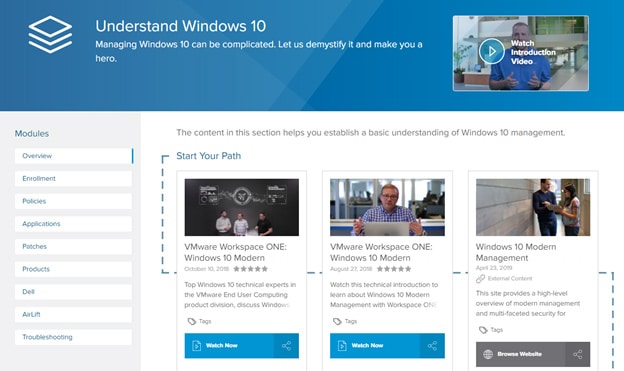

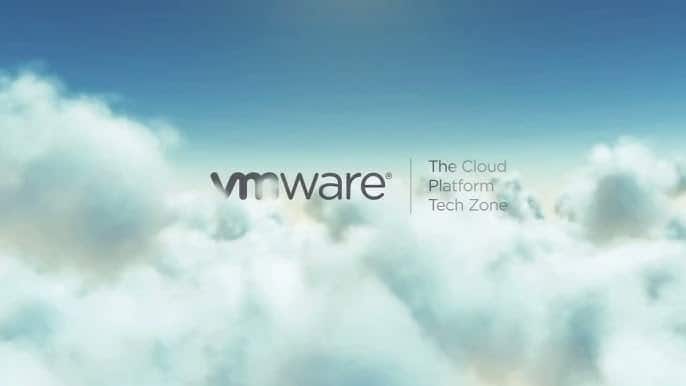

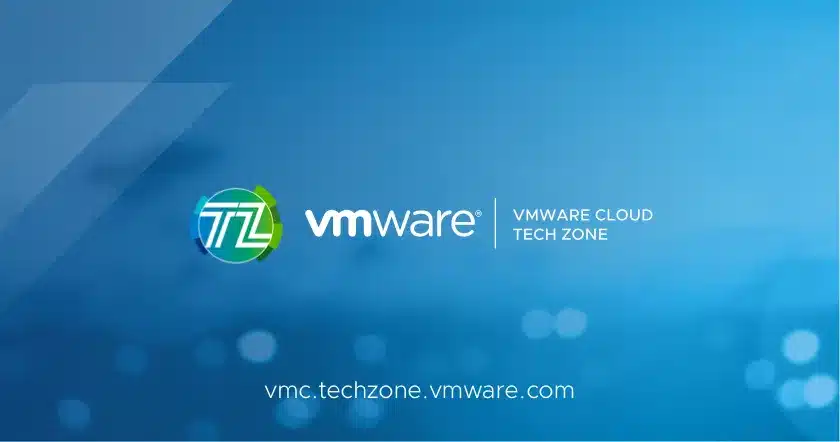
The Expansion
TechZone’s success prompted VMware leadership to recognize its potential beyond simple documentation hosting. The platform’s effectiveness as both a community hub and marketing tool led to strategic decisions to expand the TechZone model across VMware’s broader product portfolio.
Multi-Site Architecture: VMware mandated the creation of six interconnected TechZone properties, each serving different product families beyond the original End-User Computing focus. This expansion required developing a sophisticated multi-site architecture where user accounts and interaction data synchronized across all platforms in real-time.
Content Migration Challenges: The expansion involved preparing, importing, and migrating tens of thousands of documents across diverse product families. This required developing automated content migration tools and data sanitization processes to ensure consistency across platforms while maintaining content integrity and proper categorization.
Stakeholder Management: The project scope expanded to include managing relationships with dozens of new stakeholder groups across VMware’s various product divisions. This required establishing standardized content governance processes and training protocols while maintaining the rapid development velocity established during the core platform build.
Technical Architecture Evolution: Managing synchronized user experiences across six platforms while maintaining over one million lines of custom code pushed the Drupal architecture to its operational limits. This challenge drove the decision to begin transitioning from traditional Drupal theming to a React-based component architecture for improved performance and maintainability.
Platform Unification: The expansion culminated in developing a unified user experience where account creation on one TechZone property automatically provisioned access across all related sites, with shared interaction tracking and content personalization—a technically complex achievement requiring sophisticated cross-platform data synchronization.
The successful expansion validated TechZone’s model and demonstrated the platform’s scalability for enterprise-wide content management and community engagement initiatives.
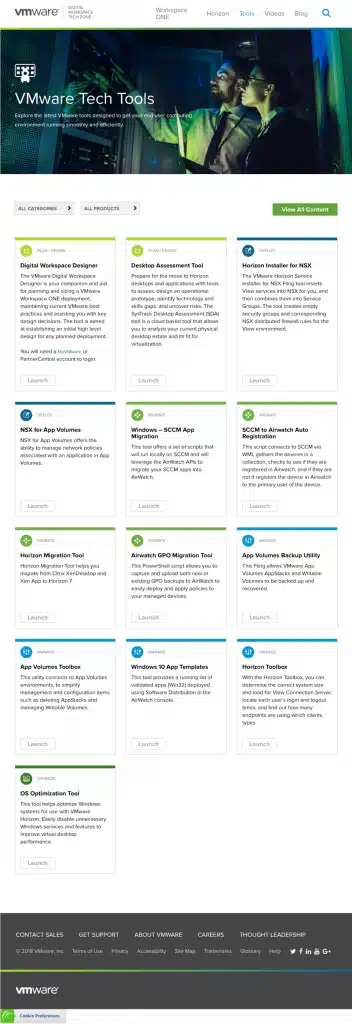
The Outcome
Broadcom acquired VMware for approximately $61 billion in November 2023. Broadcom’s strategy was to focus on VMware’s core virtualization and cloud infrastructure products, particularly VMware Cloud Foundation (VCF), for large enterprise customers. To achieve this, Broadcom implemented major changes, including a shift to a subscription-only licensing model and a simplification of the product portfolio.
Broadcom’s focus on large enterprises and core infrastructure meant that some of VMware’s business units were no longer considered “core.” This included the End-User Computing (EUC) division, which provides solutions for virtual desktops and apps (like Horizon) and endpoint management (like Workspace ONE).
In December 2023, shortly after the acquisition, Broadcom announced its intention to sell the EUC division. In February 2024, private equity firm KKR signed a definitive agreement to acquire the EUC division for approximately $4 billion. The deal made the EUC division a standalone company, which was later rebranded as Omnissa.
Platform Legacy & Longevity: The TechZone platform continues to operate successfully as Omnissa TechZone, demonstrating the durability and effectiveness of the architectural decisions and custom development work completed during the transformation project. The platform’s ability to survive multiple corporate transitions while maintaining its core functionality validates the technical approach and strategic vision implemented during development.
Project Impact: The TechZone project represents a successful enterprise digital transformation, showcasing how strategic content platform development can evolve from basic documentation hosting into a comprehensive community and marketing ecosystem. The platform’s continued operation and the $4 billion valuation of the division it serves demonstrate the business value generated through thoughtful technical architecture and user-focused development.

